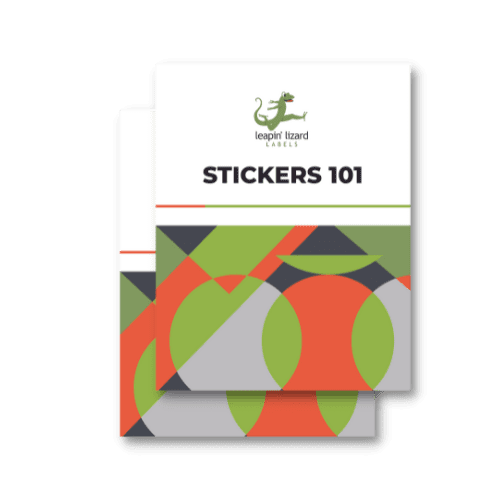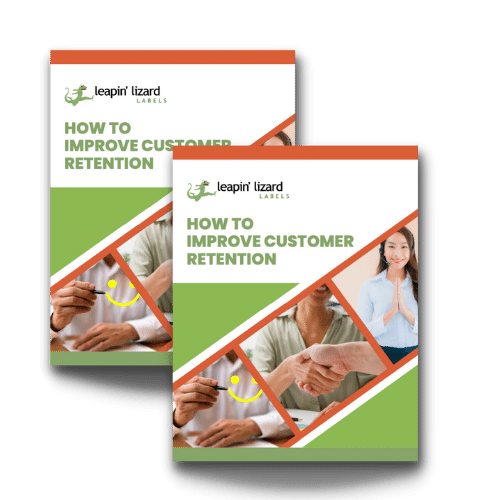Introduction: Why Craft Spirits Deserve Thoughtful Labels
In the booming world of craft spirits, taste and branding go hand in hand. Whether it’s a small-batch bourbon, botanical gin, or spiced rum, today’s distilleries aren’t just creating high-quality products—they’re building stories in a bottle. And that story starts with the label.
Unlike mass-market liquors, craft spirit labels often reflect the soul of a brand: rustic, refined, rebellious, or refreshingly modern. But aesthetics are only part of the equation. Distilleries must also navigate stringent regulations, temperature variations, shelf appeal, and increasingly eco-conscious consumers.
This guide explores best practices for labeling craft spirits—from material selection and compliance to design strategy and printing execution. Want your label to stand out? Keep reading to discover how.
1. Know the Legal Requirements First
Before you sketch your first concept or choose foil embossing, you must understand federal and state regulations.
Federal Regulations (TTB)
The Alcohol and Tobacco Tax and Trade Bureau (TTB) governs distilled spirits labeling in the U.S. Here are key requirements for compliance:
- Brand name
- Class/type of spirit (e.g., vodka, whiskey, liqueur)
- Alcohol content (ABV)—displayed as a percentage
- Net contents—usually in milliliters
- Name and address of the bottler
- Country of origin (if imported)
- Health warning statement
- Government Warning (for alcohol consumption)
- TTB COLA (Certificate of Label Approval)—required before sale
Avoid costly reprints and approval delays by designing with these in mind. Visit the TTB COLA portal to begin the approval process.
State-Specific Laws
Some states require additional elements such as deposit information, unique recycling icons, or distribution disclaimers. Always verify with your state’s alcohol control board before finalizing a label.
2. Material Matters: Labels That Endure
Craft spirits face environmental challenges throughout their journey—temperature swings, condensation, handling, and refrigeration. The right materials prevent bubbling, peeling, and fading.
Recommended Label Materials:
- White BOPP (Polypropylene): Durable, waterproof, and scuff-resistant. Ideal for most spirits stored in coolers or exposed to moisture.
- Clear BOPP: Offers a “no label look” that’s sleek and minimal—great for gins and vodkas.
- Metallic Substrates: Add an upscale feel with shimmer or foil. Popular for whiskeys, bourbons, and rums.
- Estate Paper Stocks: Great for a vintage, handcrafted look
Finishes and Adhesives
- Gloss Laminate: Enhances color vibrancy and protects against abrasions.
- Matte Varnish: Offers a soft, elegant finish that works well with minimalist branding.
- Freezer-Grade Adhesive: Essential for labels that will be stored or served cold.
Take our materials quiz to learn more about what works best for you!
3. Design for Shelf Impact (and Storytelling)
In a crowded spirits aisle, first impressions are everything. A label must communicate the brand’s personality and stand out visually—all in seconds.
Key Design Elements:
- Typography: Choose fonts that align with your brand identity. Serif fonts suggest tradition; sans-serif signals modernity.
- Color Strategy: Warm tones (ambers, golds) are common for whiskey; cool hues (blues, silvers) work well for gin and vodka.
- Shape and Size: Custom die-cuts can add visual interest and help bottles stand out.
- Tactile Elements: Foil printing, or soft-touch finishes make bottles feel as luxurious as they look.
- Back Labels: Use this real estate for the origin story, tasting notes, or pairing suggestions. QR codes linking to videos or cocktail recipes add a digital layer to the experience.
Label Compliance vs. Creativity
Striking a balance between creative freedom and TTB compliance is an art. Creative elements like illustrations, vintage maps, or regional icons can personalize the label without violating federal guidelines.
4. Think Small (Batch)
Craft distilleries often release seasonal spirits, collaborations, or experimental small batches. This creates a unique challenge—and opportunity—for labeling.
Use Variable Data Printing (VDP)
VDP allows you to change elements such as:
- Batch numbers
- Bottle numbers (e.g., 1 of 500)
- Special edition titles
- Barcodes or QR codes
It’s an ideal solution for limited releases that demand premium customization without sky-high costs. At Leapin’ Lizard Labels, we specialize in short-run, digitally printed labels with VDP capabilities.
5. Sustainability in Spirits Labeling
Eco-consciousness is on the rise among craft consumers. Show your environmental values through your packaging choices.
Eco-Friendly Labeling Options:
- Recycled paper stocks
- Water-based inks
- Minimalist packaging with recyclable components
Labels can include certification icons, sustainability statements, or QR codes linking to your brand’s eco-story. These elements resonate strongly with millennial and Gen Z buyers.
6. Working with Leapin’ Lizard Labels
Craft distilleries need more than a printer—they need a partner. At Leapin’ Lizard Labels, we’re proud to work with distilleries across the country, helping them bring their branding to life through thoughtful, high-quality labeling.
Here’s what makes us different:
Short Runs, No Stress
Whether you need 100 or 10,000 labels, we deliver consistent quality at every run. Ideal for small batches, seasonal spirits, or limited collaborations.
Fast Turnaround
Our streamlined digital workflow allows for same-day and 5-7 business day turnarounds—without sacrificing quality.
Premium Materials & Finishes
We offer a wide selection of label stocks, finishes, and adhesives that meet the demands of cold storage, moisture, and shelf life.
Personal Support
Our customer experience team guides you through every step—from proofing to printing—so you can focus on your product while we handle the details.
Flexible Printing Capabilities
Thanks to our cutting-edge Epson digital presses, we offer exceptional color accuracy and the flexibility to print variable data, custom shapes, and small runs with precision.
Ready to start your labeling journey?
Contact us here to talk to a labeling expert and request a free sample kit.
Frequently Asked Questions (FAQ)
Q: Do I need label approval from the TTB before I print?
Yes. All spirits sold in the U.S. must receive a Certificate of Label Approval (COLA) from the TTB. You can apply online through the TTB COLA system.
Q: What’s the best label material for spirits stored in refrigerators or coolers?
We recommend White BOPP or Clear BOPP, as they can withstand -20 degrees F to 200 degrees F. These materials are waterproof and resist peeling, bubbling, and fading.
Q: Can I include tactile embellishments like foil or embossing on small runs?
We do not emboss labels, but we offer premium materials like metallic, clear, and textured papers for both small and large runs.
Q: What’s the turnaround time for spirit labels?
Typical turnaround is 5-7 business days after final proof approval. Rush orders and same-day printing may be available upon request.
Q: How do I label a limited edition spirit with a unique number on each bottle?
Variable Data Printing (VDP) is perfect for this. We can print each label with a unique number, batch, or barcode while maintaining design consistency.
Q: Do you offer sustainable label options?
Yes! We offer recycled paper, eco-friendly adhesives, and water-based inks. We’re happy to help you choose materials that reflect your brand values.
Final Thoughts: Bottling Your Brand with Confidence
Your craft spirit is more than just a product—it’s an experience. Your label is the first (and sometimes only) chance to share that experience with your customer. With the right mix of compliance, durability, storytelling, and premium printing, your bottle can earn the shelf appeal it deserves.
When you’re ready to level up your label game, we’re here to help.
👉 Start your custom label journey with Leapin’ Lizard Labels today.
Get a quote or explore more at leapinlizardlabels.com.


